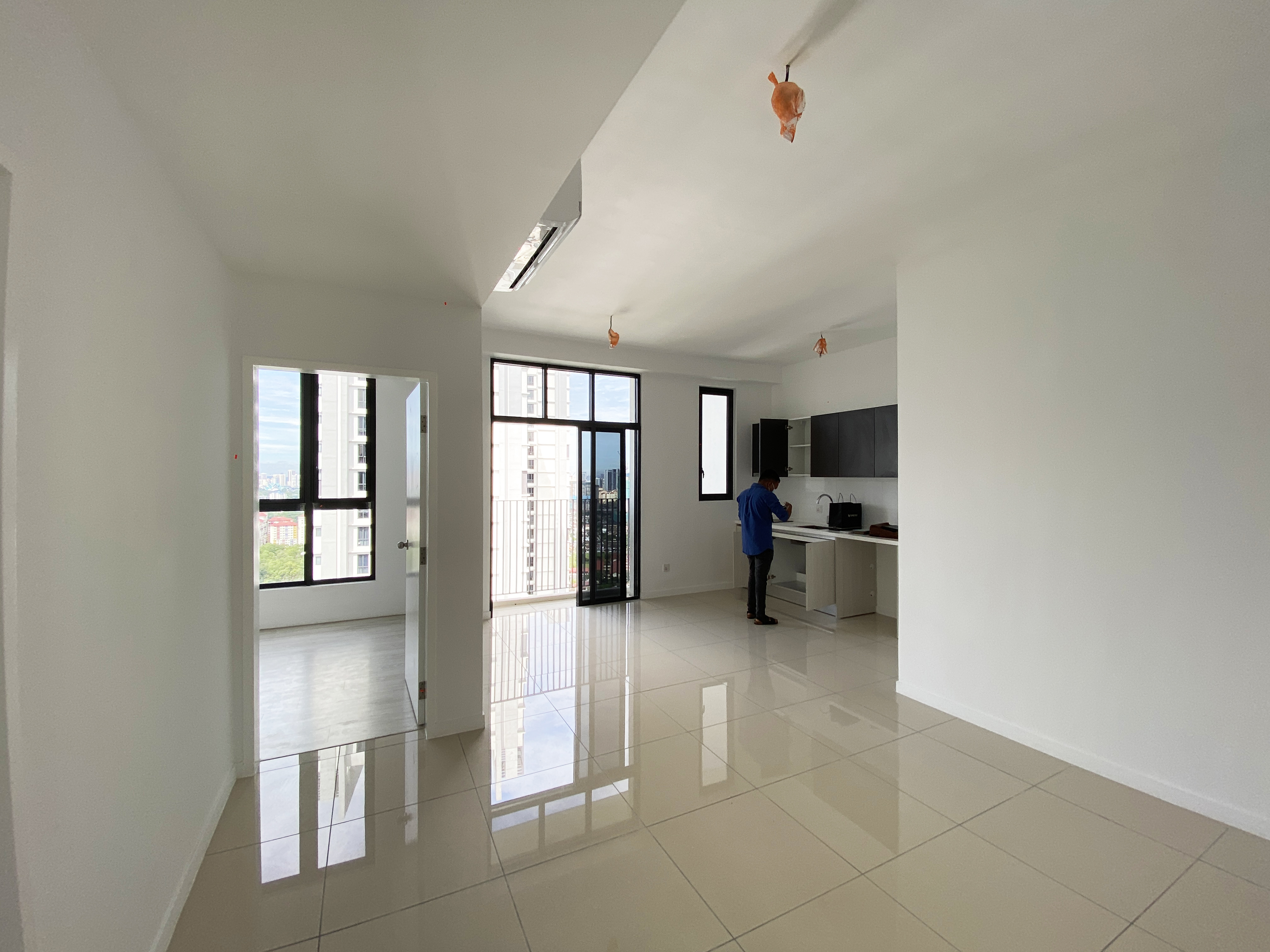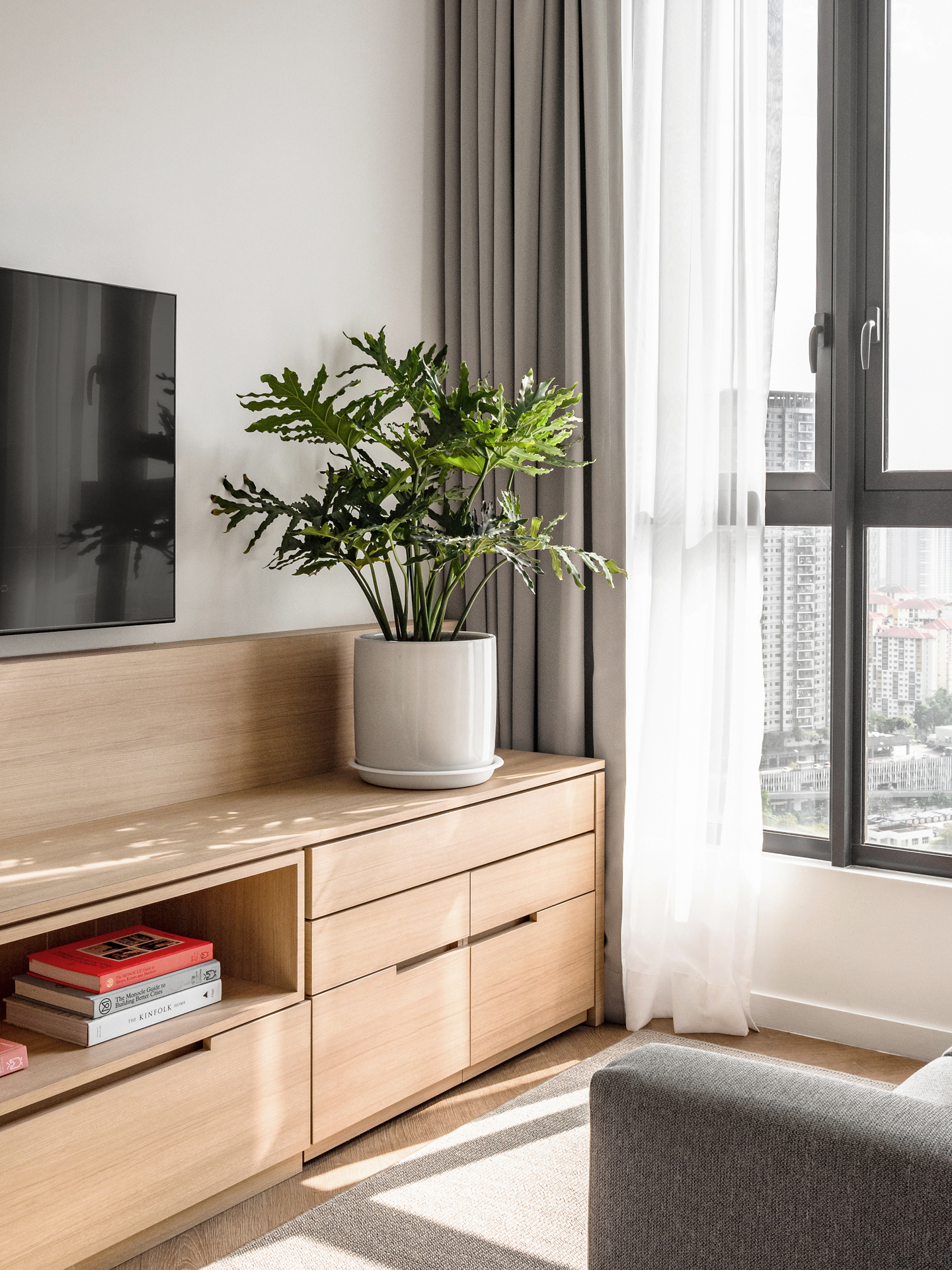

While every home owner has their own set of believes and requirement in their home sweet home, very often these comes from the situation of the property which was pre-built by someone else (developer). Reasoning and intended-use for them, may very well be different or not understood by the end user. These combination generates the plethora of different solution and design, especially when it is infused with the intention of each interior designer.
Starting with the original situation in mind, this 662 square-foot apartment, located in the township of Wangsa Maju near Kuala Lumpur. it was un-ideally compartmentalised into a 2-bedroom, 2-baths configuration, resulting in multiple compact areas within an already compact property.
While the resulting design outcome was based on the home owner's own preference and habits. some of the design principles that was used may be a good guideline for your own home regardless of the size or type of house.












For a property of this compact, each usage of space and elements need to be re-examined and perhaps assign more than one use to avoid adding too many progreamme.
The first order of business here was to opening the wall in front of both rooms, and even removing the wall separating both bedrooms. This resulted in a big, muiti-area but open spaces within the unit. It definitely makes physical difference, being able to walk into spaces without the need to open doors. We had to work with structural walls that cannot be removed, and let it dictate the flow of the space.
Flexility mindset does not only apply to the big picture, but also the details like the pull-out mobile stool-cum-coffee table. The Kitchen island also planned in a height that can be additional counter top space, doubling up as a dining table, or your work space when working from home.






Regardless of how big a space you've got, storage is a constant necessity. It's just how cleverly you hide or plan them to prevent your home looking like a store room.
In this unit, we try to minimise full-height storage unless it is absolutely necessary (wardrobes & shoe cabinet). Other subtle or mini-storage nooks were planned in the form of nightstand, drawers below the built-in bed & island top, and low TV console.





When you can see other areas visually, it transmit not the illusion of space as you're not just in an enclosed space. Of course these are flexible enough to have them enclosed when some privacy is required.
This visual transparency does not mean everything is built with glass. In fact, some areas are a little more concealed, like the relocation of the bathroom door which ended up facing the feature Island.
Although it is something we can't control (architecture issue), visual connectivity with the surroundings (views) also matters as it allows natural light to pour into the unit!
I think these principles can be applied in many more situations than what has been shown above.
To think about it, in a bigger house, it's a combination of many small spaces within a bigger space.




